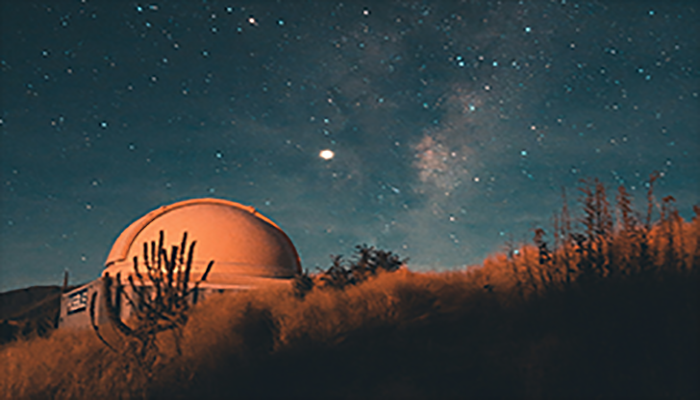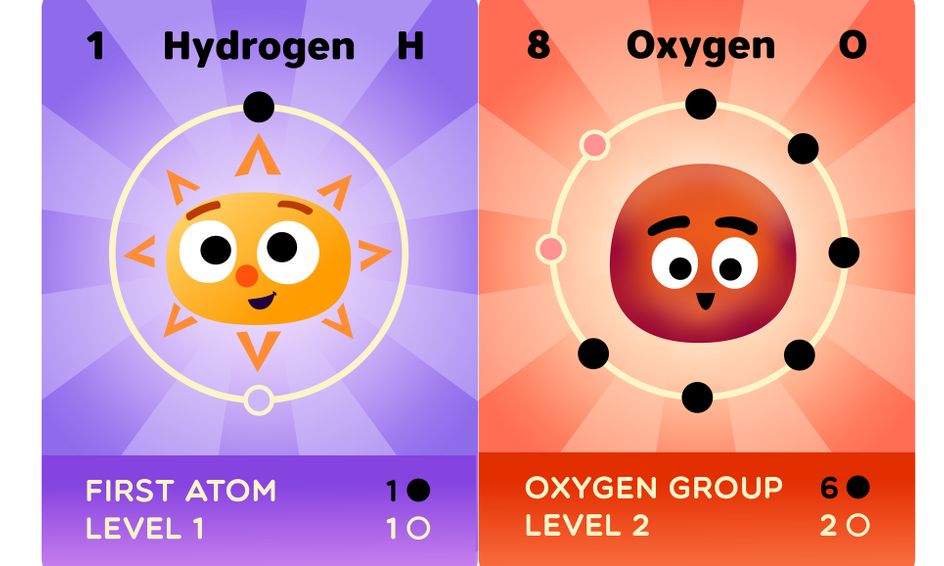In this course we'll learn to build amazing molecules with a fun hands-on molecule modeling kit (like Legos for atoms)!
|
Tuesdays starting Feb. 18 Taught By Sunny Satpathy |
Class 1 (Feb 18, 2025 6:00-6:00 PM) Class 2 (Feb 25, 2025 6:00-6:00 PM) Class 3 (Mar 04, 2025 6:00-6:00 PM) Class 4 (Mar 11, 2025 6:00-6:00 PM) Class 5 (Mar 18, 2025 6:00-6:00 PM) Class 6 (Mar 25, 2025 6:00-6:00 PM) Class 7 (Apr 01, 2025 6:00-6:00 PM) Class 8 (Apr 08, 2025 6:00-6:00 PM) Show all 8 class meetings |
0 enrolled | Enroll Now |
|
Tuesdays starting April 15 Taught By Sunny Satpathy |
Class 1 (Apr 15, 2025 6:00-6:50 PM) Class 2 (Apr 22, 2025 6:00-6:50 PM) Class 3 (Apr 29, 2025 6:00-6:50 PM) Class 4 (May 06, 2025 6:00-6:50 PM) Class 5 (May 13, 2025 6:00-6:50 PM) Class 6 (May 20, 2025 6:00-6:50 PM) Class 7 (May 27, 2025 6:00-6:50 PM) Class 8 (Jun 03, 2025 6:00-6:50 PM) Show all 8 class meetings |
0 enrolled | Enroll Now |
Course Length: 8 class sessions ($16/class)
This course guides students, step-by-step, through the process of constructing and understanding molecular models using a hands-on 3D molecule modeling kit! These 3-dimensional molecule structures convey molecular bonding concepts and help learners understand molecules in an in-depth visual and tactile way.
Learners will build molecules with single, double and triple covalent bonds. We'll discuss the physical and chemical properties of each molecule built, and discuss conditions for molecule formation. We will also use the 3D models to study bond angles, symmetry and polarity. We build a wide variety of molecules, starting with simpler molecules such as water and carbon dioxide, then gradually progressing to larger molecules including diamond, graphene, glucose, acetic acid, glutamine and adenosine triphosphate (ATP), the energy source for cells.
Please note: It is suggested that students have learned the basics of atoms, protons, neutrons, electrons and molecular bonding prior to taking this course. If your learner has not yet learned about these topics, it is recommended to take our intro course Atoms & The Periodic Table of Elements prior to taking this course.
The course uses the kit listed below:
Old Nobby Organic Chemistry Modeling Kit, $24
Available from Amazon - search for OLD NOBBY Organic Chemistry Model Kit (239 Pieces) to find this specific kit.
It is recommended to purchase this specific kit or a similar ball-and-stick type kit with at least 230 pieces, so that students can easily follow along with the instructor. This kit can be re-used many times for ongoing learning. (Note: the "Happy Atoms" kits don't include enough Carbon atoms and have a different magnetic design that doesn't represent bond angles accurately, so they are not a good fit for this course).
This course includes a wide variety of sensory activities, including lots of hands-on building, plus educational presentations, drawing activities, short visualization videos and question-and-answer time for students. We'll be varying activity types often to keep students engaged. It may take some practice and effort at first, but the final results are very rewarding! We'll patiently guide students through the building process. The course includes beginning-to-advanced molecules for a range of building challenges.
Session Overview:
Session 1
In the first session, we'll unbox our molecule building kits together and learn about the different parts of the kit. We'll introduce building molecules with Hydrogen, Oxygen and Carbon, focusing on building 2-atom and 3-atom molecules with these elements. We'll discuss the chemical and physical characteristics of each of the molecules built and learn how to research molecules using the online resource ptable.com (an interactive Periodic Table of Elements).
Session 2
In the second session, we'll build more molecules with Hydrogen, Oxygen and Carbon, focusing on double covalent bonds including Carbon Dioxide and Ethene. We'll discuss the difference between Ethane and Ethene and learn about the process of polymerization and formation of Polyethylene, the most commonly produced plastic.
Session 3
In Session 3, we'll discuss how atoms can combine with the same atom in different ways and form structures called allotropes. We’ll focus on the atom of Carbon and build three of its allotropes. We will also add the atoms Fluorine, Chlorine, Bromine and Iodine.
Session 4
In Session 4, we'll continue building more complex models with Boron, Nitrogen, Phosphorus and Sulfur. These are atoms that start to move away from the patterns that we learnt about in Sessions 1 -3 and we learn about some of the exceptions that occur in molecular formations. The course will end with suggestions and pathways for further chemistry exploration.
Session Overview:
Session 5
In this session, we'll build molecules present in our food and explore how they interact with the molecules present in our bodies. We will construct the molecules of acetic acid (vinegar) and glucose (a sugar), and learn how the shapes of these molecules affect their properties and give them their unique characteristics.
Session 6
Session 6 explores molecules that we can smell! We'll build the Volatile Organic Compounds (VOCs) Acetone and Limonene, and discuss how our noses work to sense them. We'll also learn about isomers, and how changing the arrangement of atoms in a molecule can produce very different properties.
Session 7
Session 7 leaps into proteins! Proteins in our body belong to a group of molecules called biomolecules. These are molecules produced by living things and are very important for life. Proteins help generate muscles, transmit messages and the transport of different chemicals. All proteins are made of molecules called Amino Acids. These are the building blocks of proteins. We'll build a template for an Amino Acid and point out the different sections while explaining why the molecules are called Amino Acids. We'll also explore protein structure and protein folding.
Session 8
Session 8 delves into biomolecules, energy molecules and reactions within living systems. We'll explore ATP: Adenosine Triphosphate. In Session 7, we learnt about the importance of proteins in our bodies. However, to carry out various functions we need energy. In our bodies and the bodies of other living creatures, a molecule called ATP provides energy to drive many processes. ATP is a large molecule made of three parts, a nitrogen base, a sugar called ribose and a phosphorus molecule (triphosphate). We'll make these individual molecules and then assemble them into ATP. Next, we'll discuss the chemical reaction of photosynthesis. The molecule of ATP is also used in Photosynthesis to make food for the plant and release oxygen into the environment. We'll recreate this chemical reaction with our molecule kit.
Explore more exciting topics below!

Students learn to use real observatory telescopes in Chile & the Canary Islands to explore a wide range of astronomy topics!

Explore exciting frontiers of quantum physics including dark matter, dark energy, antimatter and the Standard Model of Particle Physics in this engaging STEM course!

This innovative chemistry course introduces young learners to the amazing world of atoms, molecules and the Periodic Table of Elements!

In this 12-session course, we'll dive into learning about aeronautics, motion physics, airplane design, rocketry and aerodynamics!